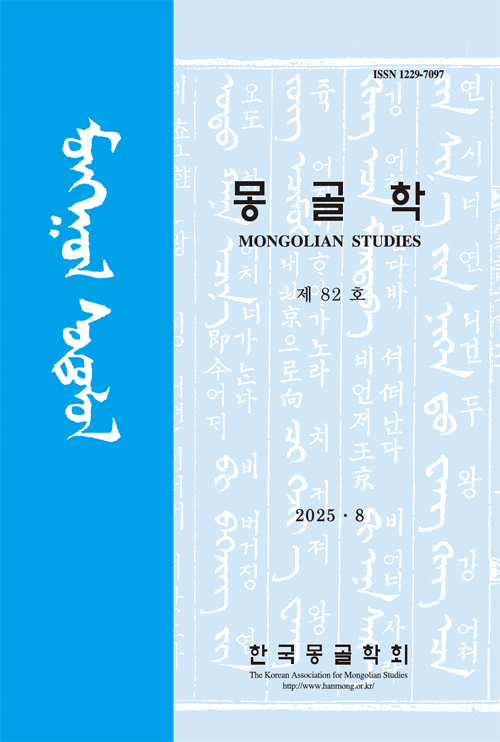This study aims to examine the current status of Mongolia’s language policy since the transition to a new system in 1990, especially the policy of using both the “Cyrillic alphabet” and “Traditional Mongolian script” to revive the Mongolian script, through the theory of language status planning. The Mongolian government enacted the “Mongolian Language Law” in 2015 to establish the legal status of both scripts and to promote the use of the Mongolian language and Mongolian script, and by formalizing the use of both Cyrillic and traditional Mongolian scripts in official purposes starting in 2025. However, the lack of standardization regulations, such as orthography and dictionary development, is creating difficulties for Mongolian civil servants in performing their official tasks. In order to minimize confusion in a situation where various foreign words and technical terms are being introduced, it is urgent to establish official orthography regulations. Currently, Mongolian students are required to learn the Mongolian script from grades 6 to 12. This is essential for the university entrance exam, providing ample time and motivation for learning the Mongolian script. However, if an environment conducive to learning and using the script after entering university is not established, the actual number of users will inevitably decline. Since Mongolians manage well enough using only the Cyrillic script in their daily lives and do not feel inconvenienced by not knowing the Mongolian script, there is a concern that in the future, the Mongolian script will be used only in official areas, as a means of writing signs and pamphlets, and for symbolic or historical purposes. The Mongolian government needs to establish a clear policy direction regarding how to expand or differentiate the use of the Mongolian script. Furthermore, the government must recognize that achieving the level of proficiency in Mongolian script for public officials in the public sector goes far beyond the ability to simply read and write. Practical training for practical application in the workplace is also essential.
1. 서론
2. 언어 계획
3. 20세기 이후 몽골의 문자 사용 환경
4. 현대 몽골의 언어 정책과 몽골 문자
5. 결론
참고문헌
(0)
(0)
